Filter by
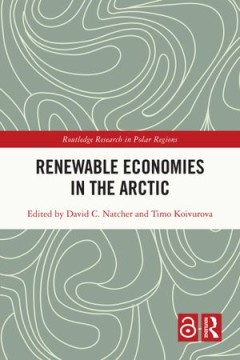
Renewable Economies in the Arctic
This book offers multidisciplinary perspectives on renewable economies in the Arctic and how these are being supported scientifically, economically, socially, and politically by Arctic states.The economic development of the Arctic region is witnessing new, innovative trends which hold promise for the sustainable development of the region. This book discusses the emerging forms of renewable econ…
- Edition
- -
- ISBN/ISSN
- 9781000464603
- Collation
- -
- Series Title
- -
- Call Number
- 900 REN r
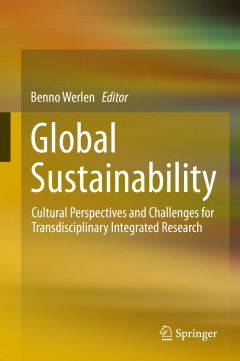
Global Sustainability
This book offers new perspectives of transdisciplinary research, in methodological as well as theoretical respects. It provides insights in the two-fold bio-physical and the socio-cultural global embeddedness of local living conditions on the basis of selected empirical studies from Latin America, Asia, Africa, Australia and Europe. The theoretical foundations of ecological research and sustain…
- Edition
- -
- ISBN/ISSN
- 978-3-319-16476-2
- Collation
- XV, 300
- Series Title
- -
- Call Number
- 910 GLO
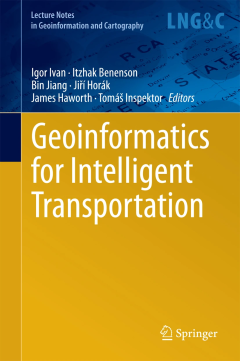
Geography Education in Japan
In a globalized market where the emerging workforce will increasingly travel within their nations and abroad for work opportunities, it is valuable to learn about the international education system and practices, to assess the competition. For example, annual comparison of student performance is measured across math and science subjects globally. What is not well known is how geography educatio…
- Edition
- -
- ISBN/ISSN
- 978-3-319-11462-0
- Collation
- XX, 243
- Series Title
- -
- Call Number
- 910 GEO
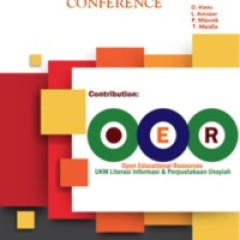
The Seventh Baltic Stratigraphical Conference
Baltic co-operation in the field of regional stratigraphy started already in 1969 when the Baltic Regional Stratigraphical Commission (BRSC) was founded. In 1970–1980s, many meetings, workshops and field excursions were organized. BRSC played an important role in promoting stratigraphical research in the former Soviet Union and contributing to the development of stratigraphical schemes use…
- Edition
- -
- ISBN/ISSN
- 978-9985-815-68-7
- Collation
- -
- Series Title
- -
- Call Number
- 910 HIN s
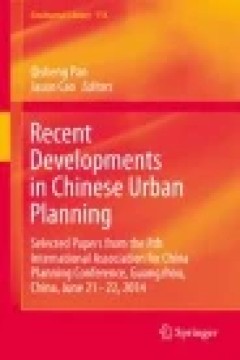
Recent Developments in Chinese Urban Planning: Selected Papers from the 8th I…
This book provides a comprehensive overview of the most recent development of Chinese cities. It discusses a broad range of subjects of urban planning, including environmental planning, transportation planning, historical preservation, economic development, geographic information systems (GIS) and other technological applications. China, the most populous country in the world, has experienced u…
- Edition
- 1
- ISBN/ISSN
- 978-3-319-18470-8
- Collation
- -
- Series Title
- -
- Call Number
- 910.02

Broad Scale Coastal Simulation : New Techniques to Understand and Manage Shor…
Coastal zones exemplify the environmental pressures we face: their beauty attracts settlement, they offer potential for diverse economic activities, and they are sensitive natural habitats for important species, as well as providing a range of ecosystem services. They are also extremely vulnerable to the vicissitudes of climate change, which include rising sea levels and changes in extreme even…
- Edition
- -
- ISBN/ISSN
- 978-94-007-5258-0
- Collation
- -
- Series Title
- -
- Call Number
- 910
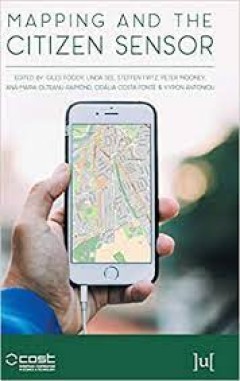
Mapping and the Citizen Sensor
Maps are a fundamental resource in a diverse array of applications ranging from everyday activities, such as route planning through the legal demarcation of space to scientific studies, such as those seeking to understand biodiversity and inform the design of nature reserves for species conservation. For a map to have value, it should provide an accurate and timely representation of the phenome…
- Edition
- -
- ISBN/ISSN
- -
- Collation
- -
- Series Title
- -
- Call Number
- 900 FOO m

Building Resilient Cities in China: The Nexus between Planning and Science
This book discusses a range of planning and management issues related to building urban resiliency. It covers such topics as urban, environmental, and transportation planning, historical preservation, emergency relief and management, geographic information systems (GIS) and other technological applications. The book includes case studies of several cities and districts in China, including Shang…
- Edition
- 1
- ISBN/ISSN
- 978-3-319-14145-9
- Collation
- XIII, 389
- Series Title
- -
- Call Number
- 910

A Geographical Survey of Africa Its Rivers, Lakes, Mountains, Productions, S…
James MacQueen (1778–1870) was a British geographer and also one of the most outspoken critics of the methods of the British anti-slavery campaign in the 1820s and 1830s. Although he never visited Africa, he became an acknowledged expert on the continent, through reading all available accounts, ancient and modern, as well as interviewing slave merchants while managing a sugar plantation in th…
- Edition
- -
- ISBN/ISSN
- 9781139034562
- Collation
- -
- Series Title
- Cambridge Library Collection - African Studies
- Call Number
- -

A Geographical and Commercial View of Northern Central Africa
James MacQueen (1778–1870) was a British geographer fascinated by the problem of the River Niger. He set out to try to establish (on the basis of accounts by explorers, traders and missionaries), that one and the same river flowed continuously through Africa and into the Atlantic Ocean, thus challenging long-established beliefs that African rivers either disappeared into the sand or terminate…
- Edition
- -
- ISBN/ISSN
- 9781139034579
- Collation
- -
- Series Title
- Cambridge Library Collection - African Studies
- Call Number
- -
 Computer Science, Information & General Works
Computer Science, Information & General Works  Philosophy & Psychology
Philosophy & Psychology  Religion
Religion  Social Sciences
Social Sciences  Language
Language  Pure Science
Pure Science  Applied Sciences
Applied Sciences  Art & Recreation
Art & Recreation  Literature
Literature  History & Geography
History & Geography